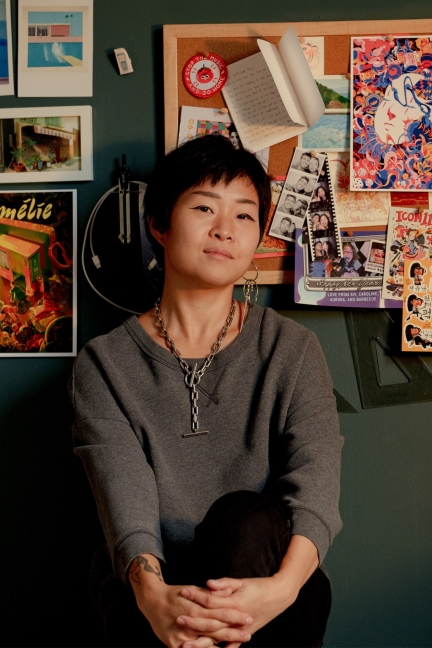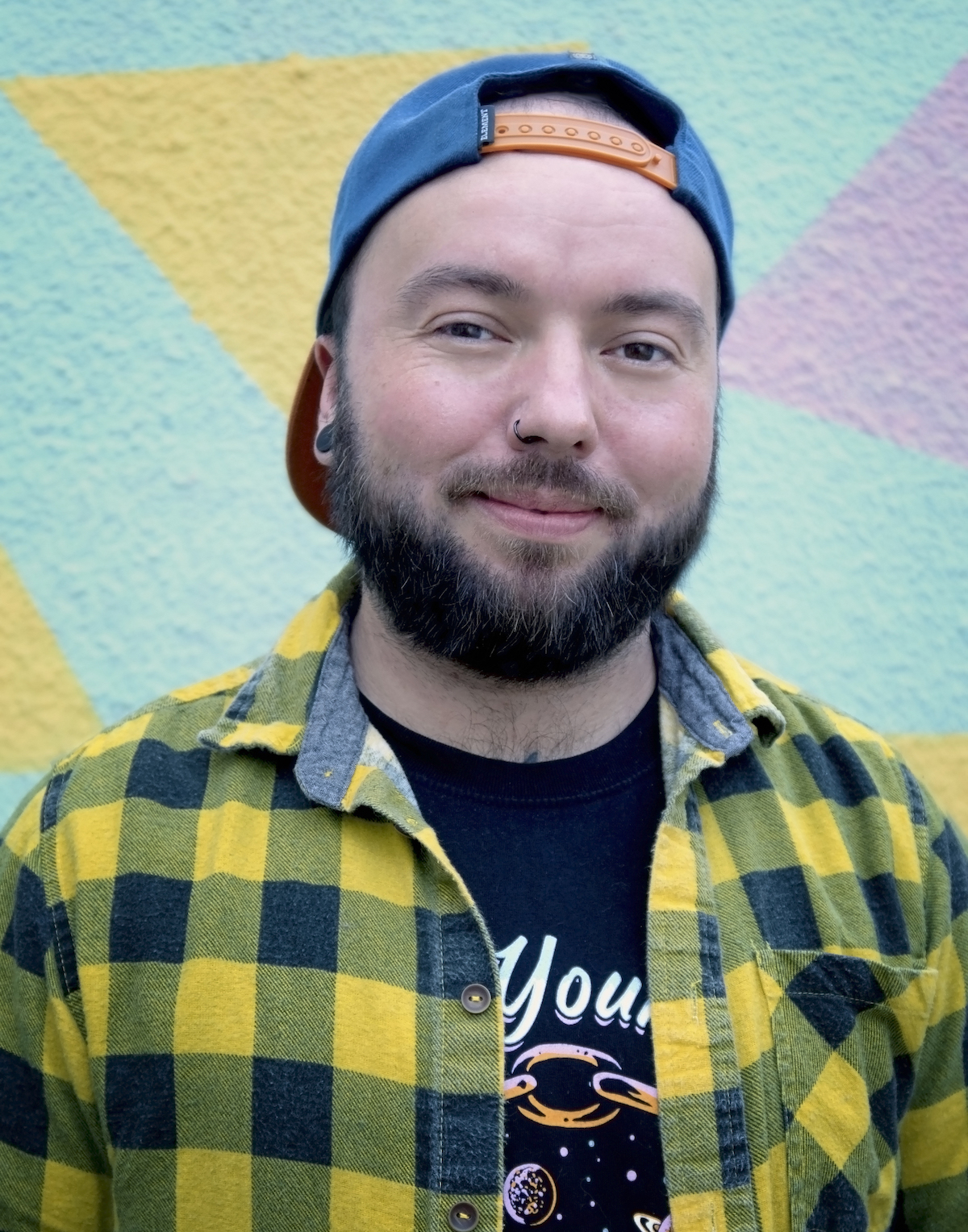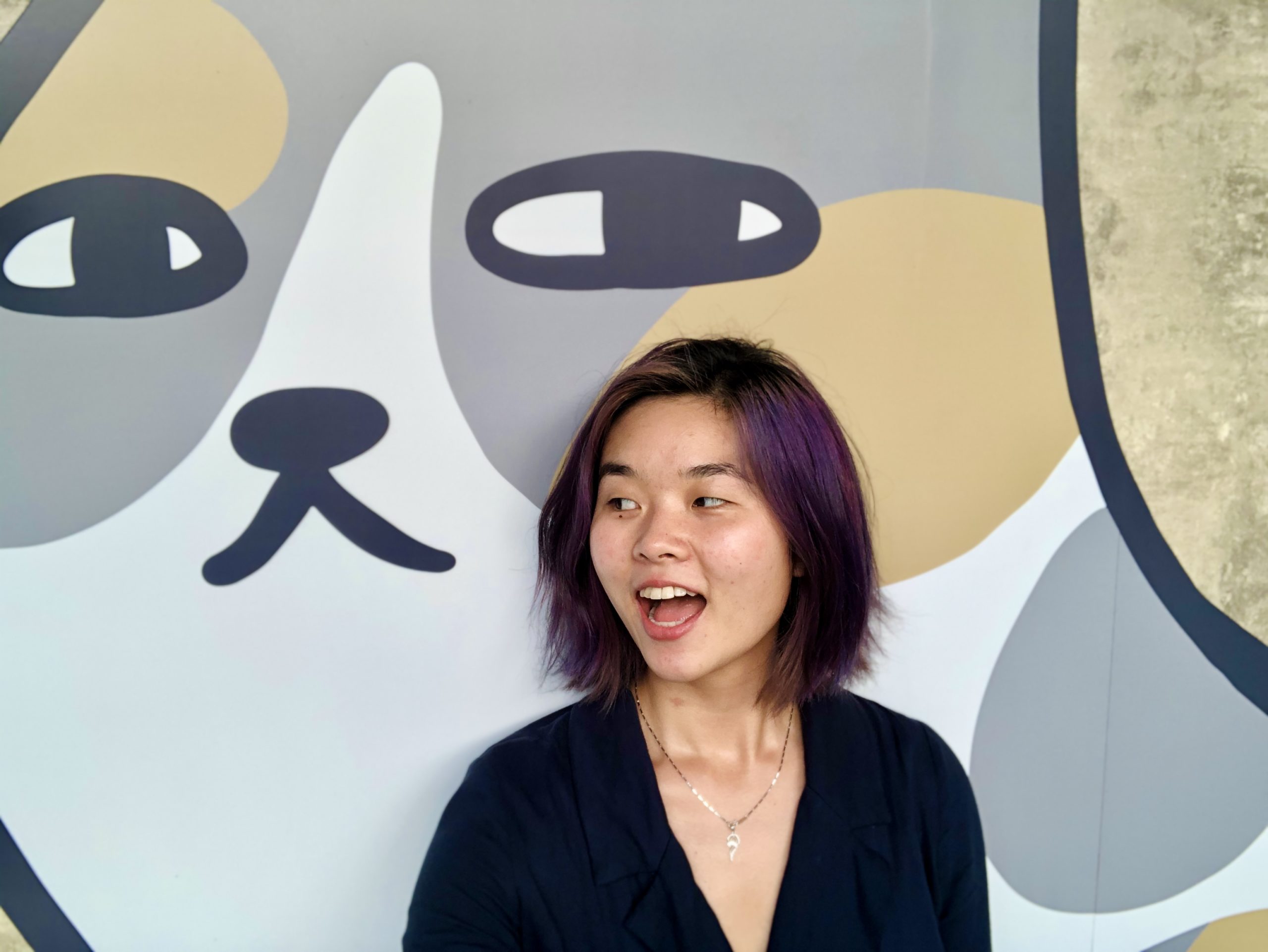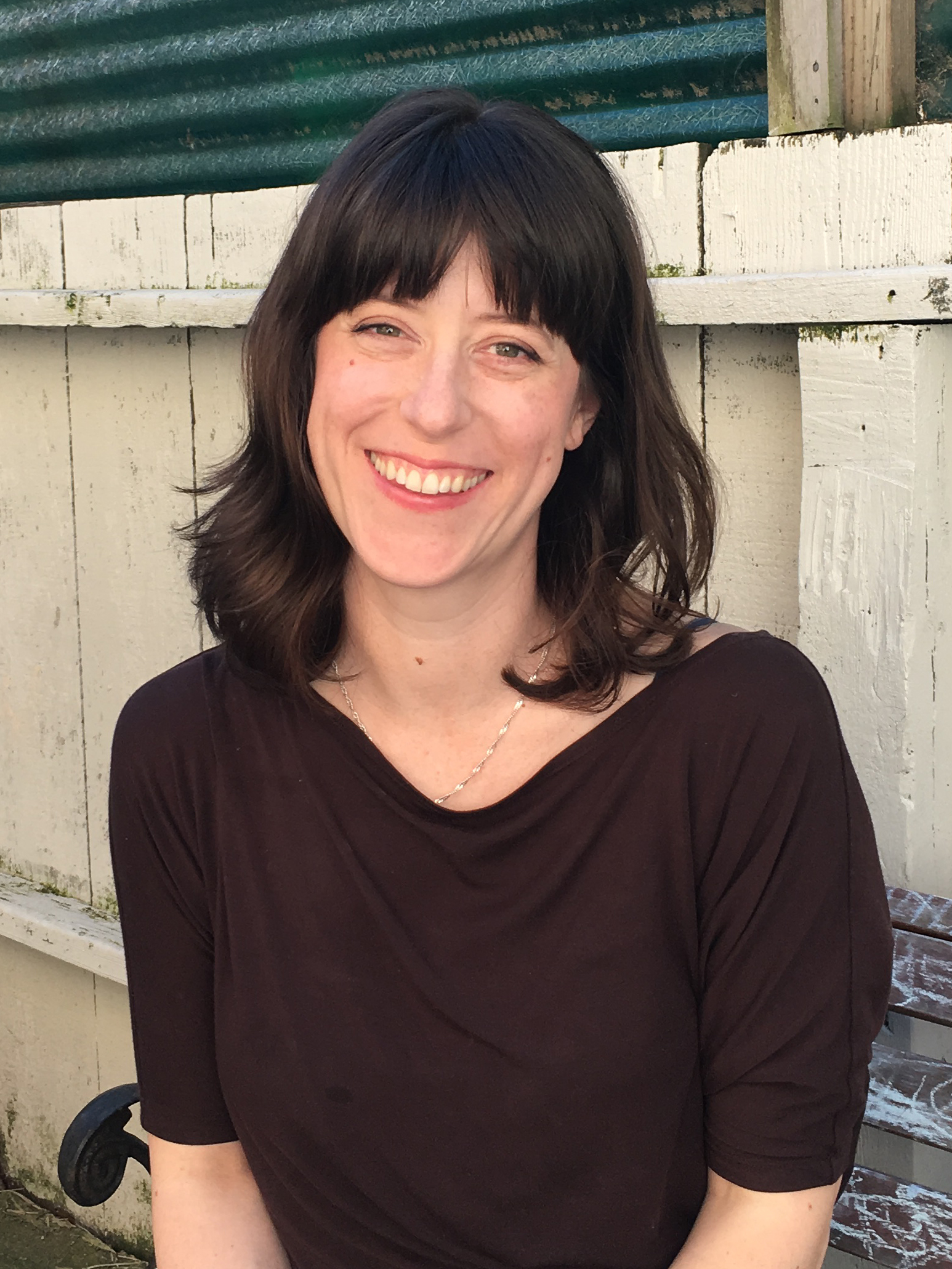
by Michele Kirichanskaya | Mar 5, 2023 | Blog
Deb JJ Lee is a Korean American artist currently living in Brooklyn, NY. They have appeared in the New Yorker, Washington Post, NPR, Google, Radiolab, PBS, and more. Books they have illustrated include The Invisible Boy by Alyssa Hollingsworth (Roaring Brook Press,...

by Michele Kirichanskaya | Oct 26, 2022 | Blog
Lewis Hancox is a writer, illustrator, and filmmaker from North West UK. Mainly known for his online characters British Mum and Prinny Queen, he’s built a committed following and regularly produces viral comedy videos. He has been featured in the Channel 4...

by Michele Kirichanskaya | Jul 30, 2022 | Blog
Rebecca Burgess is a comic artist and illustrator working in the UK, creating award winning published and small press work. Along with drawing comics for their day job, Rebecca also loves drawing webcomics in their free time. Being autistic, they are particularly...

by Michele Kirichanskaya | May 11, 2022 | Blog
Laura Gao is a 25-year-old queer artist, author, and bread lover. Originally from Wuhan, China, Gao immigrated to a small town in Texas when she was four. Gao’s art career began by doodling on Pokémon cards and has since blossomed to be featured on NPR, the MOCA...

by Michele Kirichanskaya | Jun 18, 2021 | Blog
Sophia Glock is a cartoonist who lives and draws in Austin, Texas. She attended the College of William & Mary and the School of Visual Arts. Her work has been featured in the New Yorker, Buzzfeed, and Time Out New York. Her latest book, Passport, is currently...






